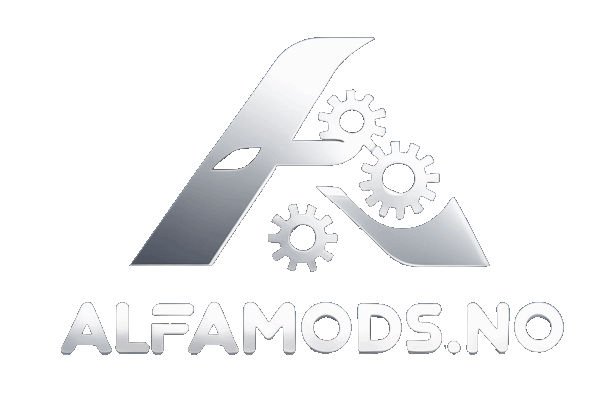The main part of this introduction video starts at 0:52, provided by Blender Academy on YouTube.
Access to the Blender software application can be obtained by navigating to blender.org. The latest version of Blender at the time this guide was published is Blender 4.4. This application is compatible with various PC operating systems, including Windows, macOS, and Linux, and is also available through the popular gaming platform Steam. The advantage of having access to Blender through Steam is that the application will receive updates automatically. Important announcements will also be broadcast on Steam, which features a support forum where users typically assist one another. Other than that, Blender Stack Exchange is the primary online support board when help is needed.
Launching Blender first time
This application will display an introduction window that can be deactivated. It’s more like a start-up screen, but for a completely new run, it will show a quick setup window. This window is not of great importance, but you can select your native language, choose what shortcuts (hotkeys) you want (usually set to ‘Blender’), and which mouse button you are primarily using (left-click/right-click), what the spacebar on the keyboard is doing (set to ‘Play’ for the animation timeline in Blender), and probably the more interesting one: what theme/skin you want Blender to use (which is the theme color for all user interfaces inside the application).
After completing the quick setup, Blender will load the default startup file, which can be changed later on.
Quick Tour in Blender
The typical default workspace Blender shows is the one named Layout. As with other workspaces displayed as tabs, you will find viewports and editor panels for each workspace. The most essential editor panel, usually shown by default, is the Properties Panel on the right side. This is the large panel displayed below the Outliner, which is a panel that holds a list of collections, meshes, lights, and other objects used within the active scene. The Properties panel is primarily a collection of properties organized into sub-panels, including Render, Modifiers, Particles, and others. Each one of these has its icon – for example, Modifiers uses a green tool icon, while Render uses a red camera icon, and so on.
The main menu is at the very top inside Blender where you find the Blender logo (which is a clickable menu button) where you can activate the startup screen (labeled Splash Screen), and the more important one after the logo that says File – where you can open Blender files, save to Blender files and import/export from Blender to various file formats.
Mostly everything you see of interfaces inside Blender is ‘editor types.’ These editor types primarily consist of customisable panels and windows. Every single window and panel in Blender is customizable, allowing users to tailor Blender to their preferences.
I want to emphasise that the terminology, including the names of everything in Blender, is not a significant concern. It’s far more about what you can accomplish inside these various workspaces and the methods for executing specific tasks, such as working with 3D meshes and 2D shapes, applying materials, rendering the scene into images and even do animated video clips, sculpting in 3D, make assets and maybe do a paintjob inside Blender on a 3D model. It all comes down to your creativity and what you want to achieve with Blender.
Initially, the viewports are our primary focus. Hotkeys or shortcuts will be our secondary focus, as they make things easier and faster.
To interact with Blender using hotkeys, a keyboard with a numeric keypad (NumPad) can be helpful. The same goes for a 3-button mouse with a scroll wheel. These aren’t required, but they will play an essential role unless you find alternative ways to interact with Blender through the touchpad or set up other hotkeys for interacting with the application through your system.
Drawing tablets are more useful for sculpting and 2D drawing/painting, but aren’t required.
